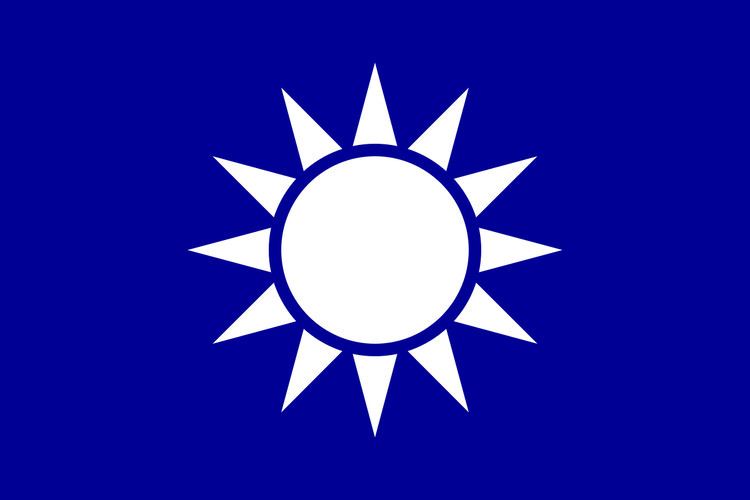Founded 1914 Preceded by Nationalist Party | Dissolved 1919 Succeeded by Kuomintang | |
 | ||
Ideology Chinese nationalism
Three Principles of the People
Republicanism | ||
The Chinese Revolutionary Party (Chinese: 中華革命黨; pinyin: Zhōnghúa Gémìngdǎng) was the short lived renaming of the Kuomintang between 1914 and 1919.
After the failed Second Revolution against Yuan Shikai and the subsequent outlawing of the Kuomintang in the Republic of China in 1913, Sun Yat-sen reorganised the party under the new name on 8 July 1914 with stricter discipline and membership requirements while exiled in Tokyo, Japan. Sun was disappointed with the failure of many members to support the revolution. Personal oaths of loyalty and fingerprinting caused many older members to balk at joining.
After Yuan died in 1916, the National Assembly was reconvened. Many who were elected under as KMT used the Revolutionary name interchangeably with the older name. The overseas branches continued to use the old KMT name.
When the Assembly was disbanded again in 1917, Sun formed a rival government in Guangzhou with the backing of the Old Guangxi Clique. When these generals tried to marginalise and dilute his authority, he moved to Shanghai and renamed the party to the Chinese Kuomintang in 1919. The name has remained unchanged since.
